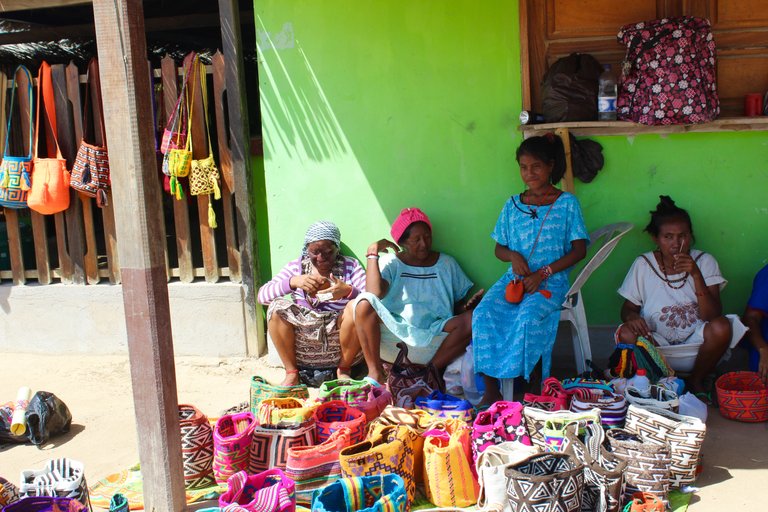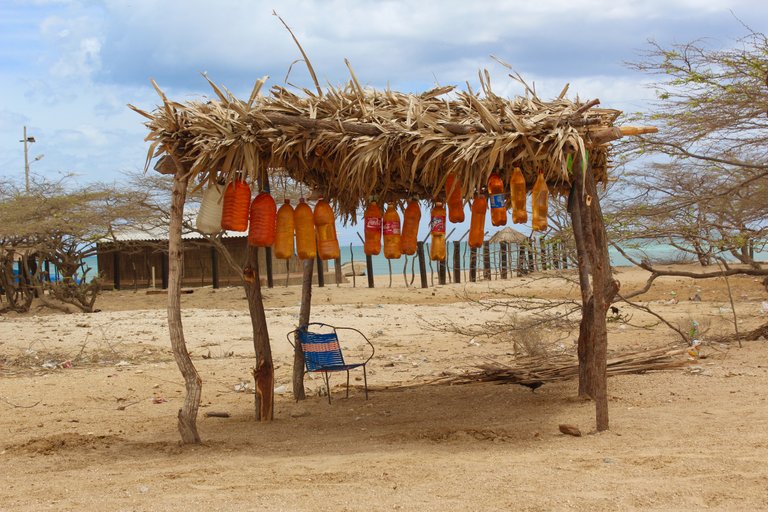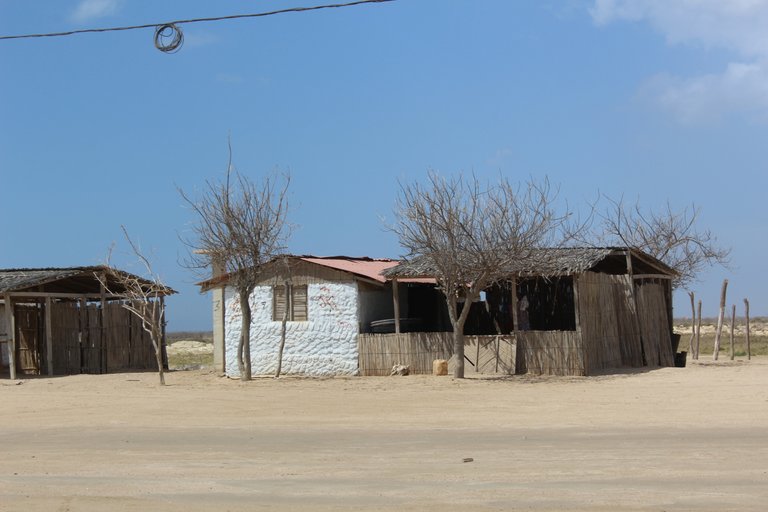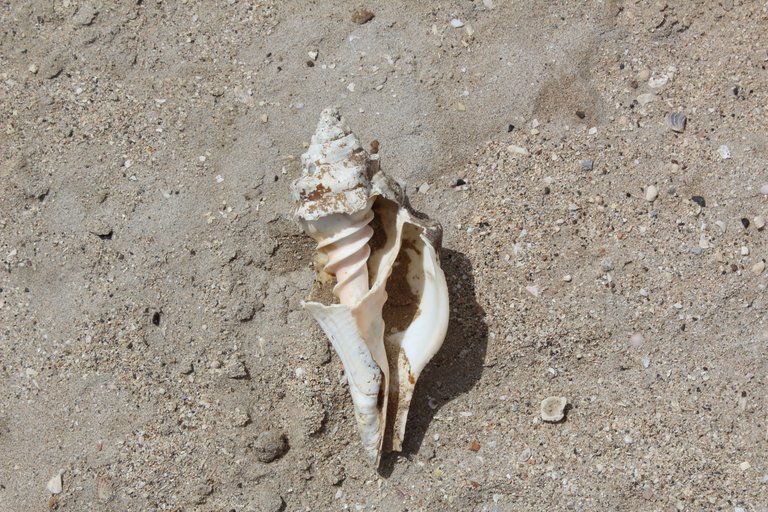
I am sitting in a 4×4 Jeep with five other tourists and our guide, Luis. We left the proper road and the laws of Colombia behind us. The most northern part of Colombia, the Guajira, is populated and self gouverned by the Wayúu Indians. Uniqly within the indigenous cultures, the Wayúu fougt against the Spanish, defending their terretory with guns and horses. They learned how to use both, stealing it from the Spanish or buying it from smugglers which frequented the region.
Having developed a growing fascination with the indigenous cultures of the continent, I can’t wait to learn more about the customs and lifes of the Wayúus. They are the, today largest group of indegenous people, in Colombia. The first encounter occures when the car ist stopped by a wire held up across the road by two children. They scream “Caramelos” through the open window of the driver, their open hands streched out. It is a custom, that non-Wayúu people have to pay kind of a road toll to cross into Wayuu lands. In the past the toll has mostly been sweets but shocking research right before the trip made me buy oatmeal.
Only after having booked the tour I learned about the recent humetary catestrophe which the region has been facing. The El Nino weather phenomen caused on of the worst draughts in history, while the state has been building a damm, holding back the water of the important river, Rancheria. The state is suppused to help in theory, but all of the funding disappears in the pockets of the local, corrupt politicians, just like drops of water in the burnt soil. Children have been dying from thirst and malnutrition during the past years, under the eyes of the officials.
Learning this, I honestly doupted my decision to travel the region, but eventually stuck to my plans, willing to wash only very little in order to save water.
Once handed the goods, the children lower the leash and let us pass by. We drive through the dry landscape, every now and then we pass settlements with simple houses that are made out fo the crooked wood branches which the resistent thorn bushes grow. Women in colorfull wide dresses, called Mantas, buid a beautiful contrast to the ever same yellowish dry ground. Every now and then goats rest in the middle of the dirt pist and Luis, our driver has to honk them away.

“Hay gasolina” is written everywhere and deserted stalls with Coke bottles containing the orange liquid are hanging from improvised stalls. Here, 70 km from the “oficially” closed Venezuelan boarder, gas smuggeling is flourishing. Colombias neigbour is on its knees, there are hardly any goods that can be bought in the shops. Last week end the boarder opened for some hours, letting desperate Venezuelans in which bought toilet paper and other goods that can't be found in their homecountry, they exchanged stacks of inflation ridden money to a few colombian pesos.


After some hours on the dirt road we reach Cabo de la Vela and part of me is really content. Having looked for the end of the world in many places of this journey I feel like I finally arrived.
Hi, nice pictures! let me introduce myself. This is a project base on a different experience in La Guagira. I will like to know what you think about it.
Hi, is this your blog? https://desejoporviajar.com/2016/07/19/journey-to-the-land-of-the-wayuu-indians-part-one/
If so, can you verify this by posting a link to this post on your facebook page or something similar that proves you are the author. Thanks.
https://www.facebook.com/desejoporviajar/
Its me :-). Thank you for letting me know about the verification!